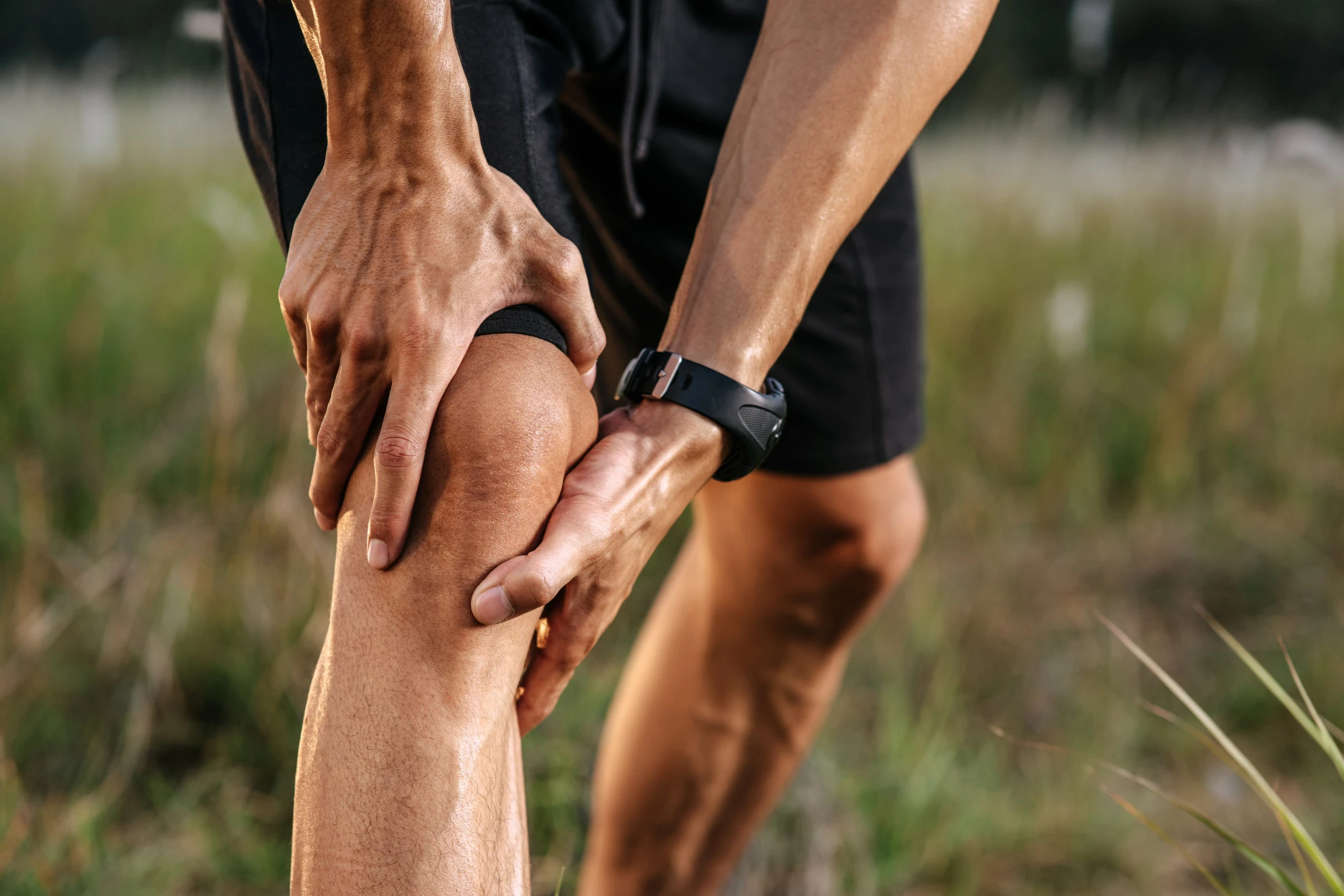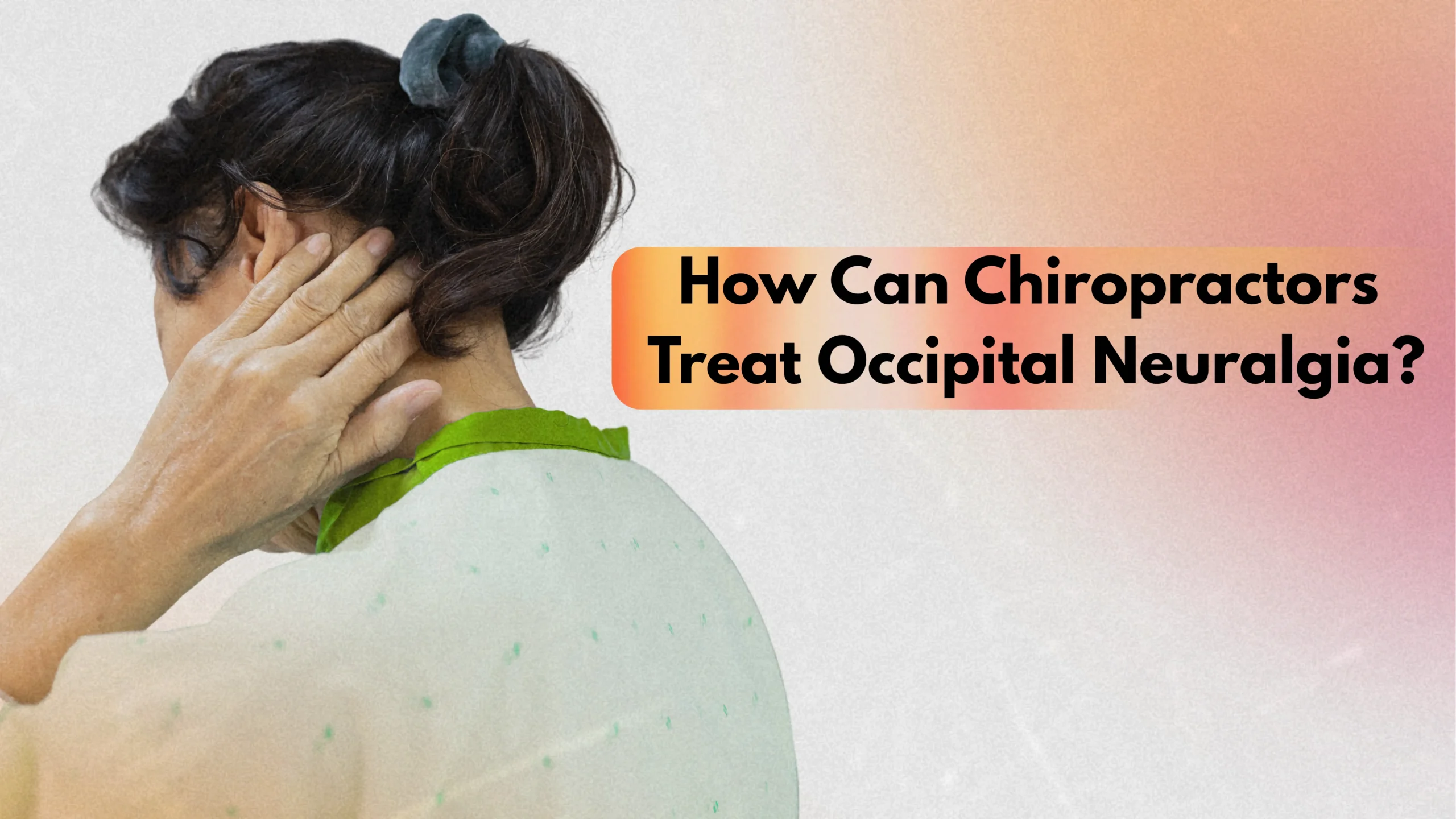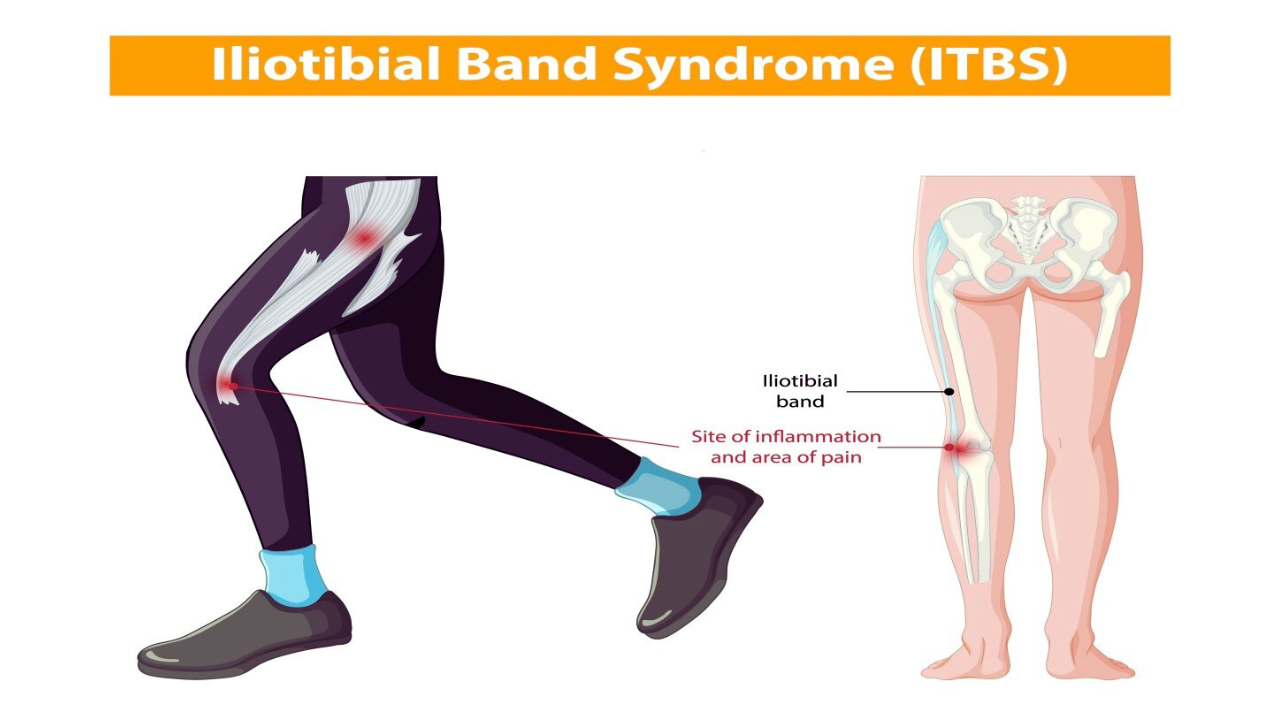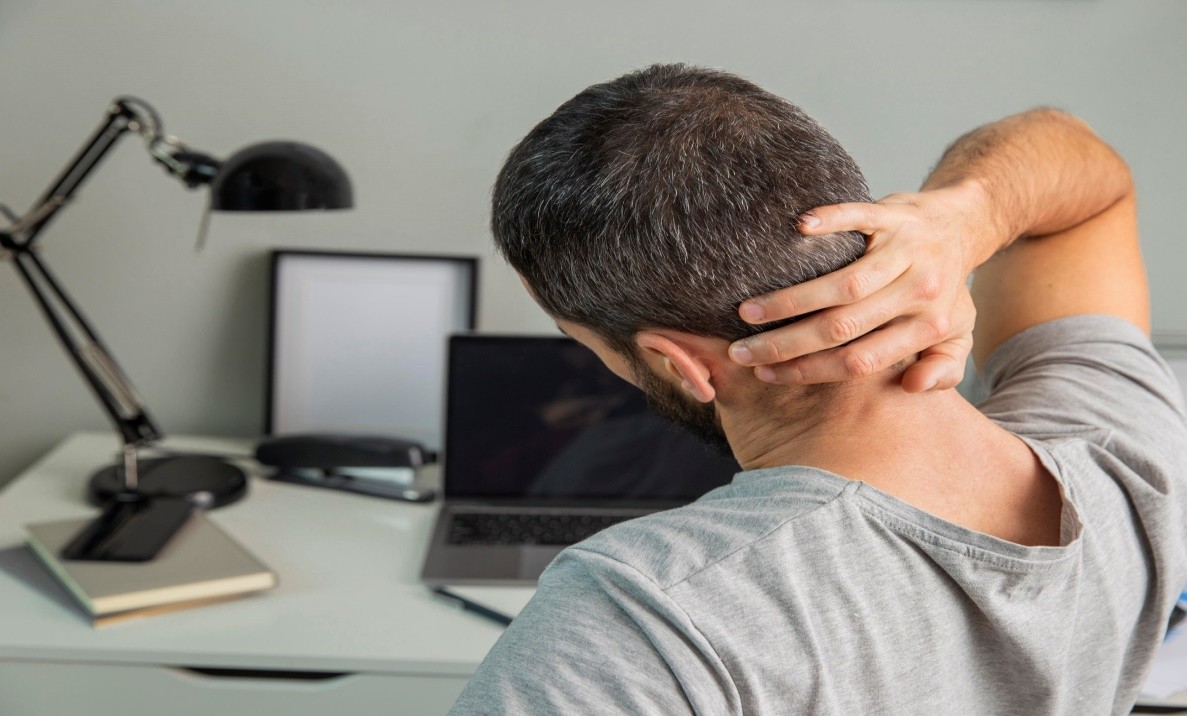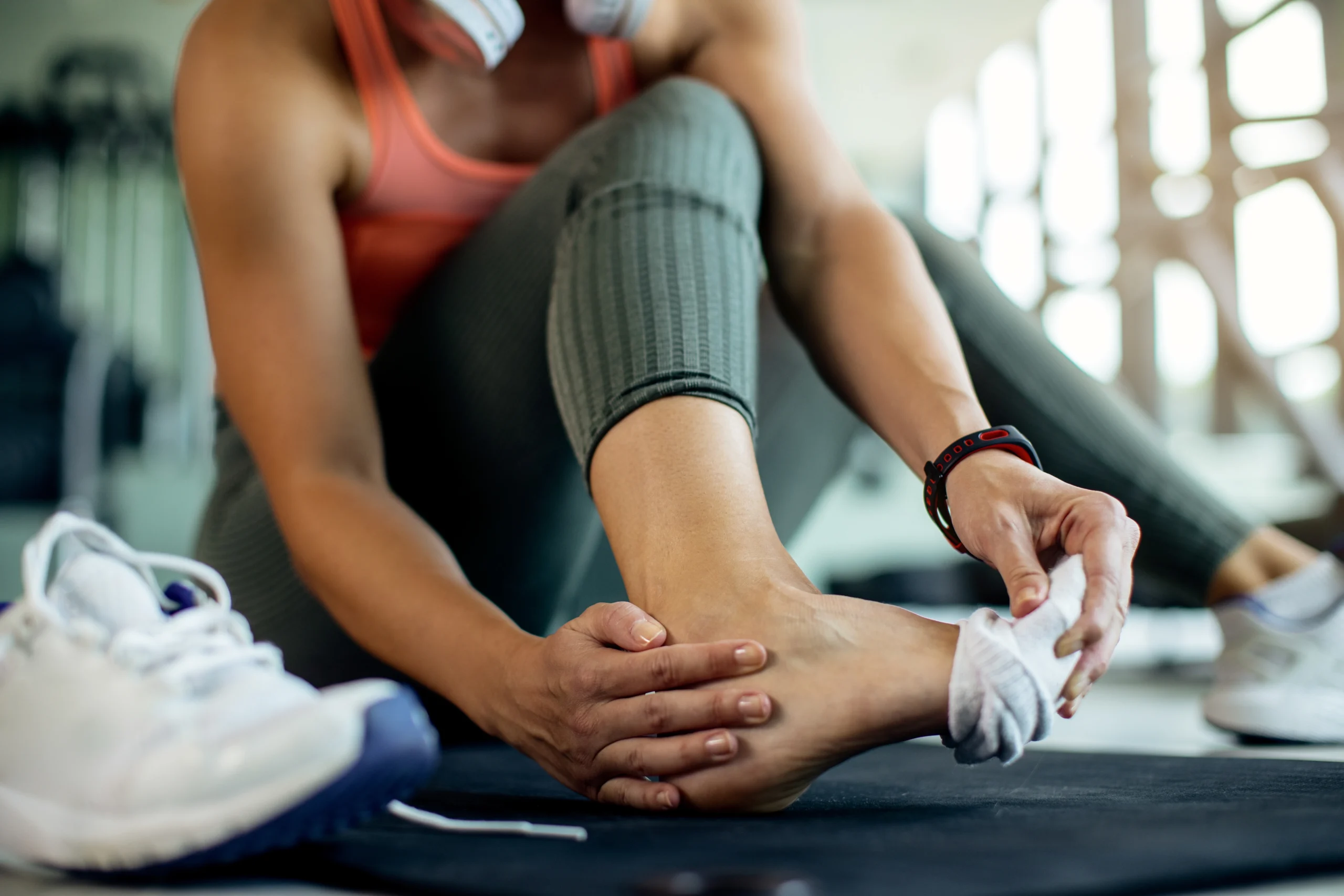Many people experience chronic back pain and stiffness. While these are common occurrence in people having spinal strain due to long sitting hours at a desk, they can also occasionally signal underlying pathology. One such example is ankylosing spondylitis, which is an inflammatory arthritis affecting the spine. Indeed back stiffness and pain are symptoms of ankylosing spondylitis (AS). This form of arthritis can affect the spine, but also the sacroiliac joints in the pelvis. In this blog post, we’ll explore what ankylosing spondylitis is, its symptoms and causes, how it is treated, and the role chiropractic care can play in improving mobility and comfort for those living with this condition.
What is Ankylosing Spondylitis?
Ankylosing spondylitis (AS) is an inflammatory arthritis that affects the spine, although it can also affect other joints such as the hips, shoulders, and knees. The term “ankylosing” means fusion, and “spondylitis” indicates inflammation of the spinal joints. Over time, inflammation can cause parts of the spine to fuse, resulting in a less flexible back. AS is considered an autoimmune or autoinflammatory condition, where the immune system mistakenly attacks the body’s tissues, especially the joints and entheses (the points where ligaments and tendons attach to bones).
What are the Causes of Ankylosing Spondylitis?
The exact causes of ankylosing spondylitis are not completely understood, but research shows that genetics play a major role. The HLA-B27 gene is linked to AS, and individuals with this gene are at a higher risk of developing the condition. However, not everyone with HLA-B27 develops AS, suggesting that environmental factors and other genetic triggers are also involved. Here are other possible contributing factors:
- Infections that trigger immune responses
- Gut inflammation or microbiome imbalances
- Family history of autoimmune diseases
Ankylosing Spondylitis Symptoms
Early symptoms of ankylosing spondylitis can be mistaken for general back pain. Chiropractors in Hong Kong usually note that patients present with pain and stiffness that improves with movement rather than rest, which is a distinguishing feature of inflammatory back pain. Here are some common symptoms:
- Persistent lower back pain and stiffness, especially in the morning
- Pain in the hips, buttocks, and shoulders
- Reduced flexibility of the spine
- Fatigue and general discomfort
- In advanced cases, fusion of vertebrae leads to a forward-stooped posture
Some individuals may also experience eye inflammation (iritis or uveitis), heel pain, or inflammation in other joints.
Chiropractic Care for Ankylosing Spondylitis
In Hong Kong, many chiropractors follow a multi-disciplinary and evidence-based approach to managing ankylosing spondylitis. Chiropractors at Agape Chiropractic Hong Kong can help improve posture, maintain spinal mobility, and relieve pain. Here are some common chiropractic strategies:
- Gentle spinal mobilization: Gentle spinal mobilization helps to improve joint motion without causing strain.
- Postural correction exercises: To prevent the spine from stiffening into a forward curve, different postural correction exercises are suggested.
- Stretching and strengthening routines: Stretching and strengthening routines can be customized to maintain flexibility and stability.
Will Ankylosing Spondylitis Get Better?
Ankylosing spondylitis is a chronic condition that may not completely go away. However, with effective treatments, regular exercise, and supportive care like chiropractic care, many people experience long periods of remission and maintain active lives. The earlier the condition is identified, the better the outcome. Regular movement, good posture habits, and professional guidance can prevent complications and stiffness.
Conclusion
It’s challenging to live with ankylosing spondylitis, but it doesn’t have to affect your daily activities or limit your life. Understanding the condition, identifying its symptoms early, and taking a proactive approach to treatment can help you relieve the pain that comes with this condition. Agape Chiropractic Hong Kong offers a non-invasive and supportive pathway to help patients feel better and live with comfort.
We can also provide treatment for extremities, including the ankle and foot. This includes solution to heel pain through customized care plans and gentle therapies. You can read our previous blog to learn more about this.










